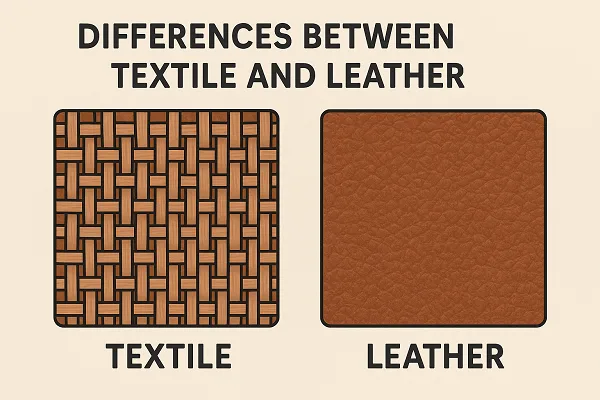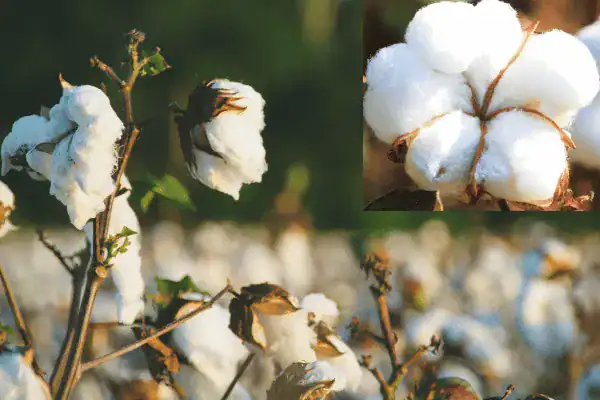Physical and Chemical Properties of Linen Fiber & How it made of?
Is Linen a natural fiber? the answer is yes, Linen is the strongest natural fiber which is derived from Flax stalks. The finest linen comes from Europe. Linens’ amazing properties now increases its’ demand day by day. Linen bedding, clothing are now appreciated highly by the end users. In this article we are discussing details on Physical and Chemical Properties of Linen Fiber and How Linen Fiber made of.
Though cotton machinery can be used in linen manufacturing, linen is completely different from cotton fiber. The unique properties make this fiber a sustainable Fashion option. Linen provides your home a luxurious outlook. Belgian linen provides the most luxurious and rich outlook. Interior designer, artists, restaurants chooses linen fabrics for their uses. We have covered everything you need to know about linen. So, Lt’s dive……………

Meaning of Linen
The meaning of Linen stands for,The word linen is of West Germanic origin and cognate to the Latin name for the flax plant, linum, and the earlier Greek λινόν (linón). So what do you think of choosing between this two? Looking for a comfortable bedding? Concentrate on the above differences & make your own decision whether you should go for Cotton or Linen bedding…….
Properties of Linen Fiber
Linen fiber is soft and linen clothing is comfortable to wear. It has good strength and easily dye-able. No pilling or static problem rather having a good abrasion resistance. But it always tends to wrinkle.
Physical Properties of Linen Fiber
| Topic | Properties |
| Tensile strength | Strong fiberTenacity 5.5-6.5 g/deStrength is higher than cotton |
| Elongation at break | 2.7 – 3.5% |
| Color | Yellowish to grey |
| Length | 18 – 30 inch |
| Luster | Lustrous than cottonSlightly silky |
| Elastic recovery | Not sufficient |
| Specific gravity | 1.5 |
| Moisture regain | 10-12% |
| Resiliency | Very poor |
| Effect of Heat | Resistant to heatLess affected by heat than cotton |
| Effect of sunlight | Good resistance to sunlight |
Chemical Properties of Linen Fiber
| Effect of | Properties |
| Acid | Affected by concentrated acidDilute acid has no effect on linen |
| Alkali | Resistant to strong alkalis |
| Bleaching agent | Chlorine & hypo-chlorite bleach has no effect on it |
| Organic solvent | Highly resistant to organic solvent |
| Micro-organism | Affected by bacteria and fungi |
| Insect | Moth and beetles can’t affect linen |
| Dyes | Direct and Vat dyes can be used |
What is Linen Made of ?
Linen is made up from flax fiber stalks. Linen manufacturing is a laborious process. The ultimate quality of linen fiber depends mostly upon the growing and harvesting procedure.
For the longest possible fiber, flax fiber is to be hand-harvested. This is accomplished by pulling up the entire plant. Sometimes stalks are cut near the root. Once harvesting is done, the plants are dried. While drying is complete, seeds are removed by a mechanical process. This process is called “rippling’.
- Through “retting” process the fiber is separated from stalks. IN this process bacteria is used to degrade the pectins which acts as binding or cementing material to keep the fibers close intact. Naturally this can be done in ponds, tanks, pools and even in fields. If you want a faster result then you can choose chemical retting. But this process is not environment friendly.
- After retting, scutching is carried out between August and December. Scutching is a process for dressing of flax fiber to make them prepared for spinning. This removes impurities from the fibers. By this process, straw and woody stem are removed from flax. This is done between two metal rollers and it helps in the separation of the woody portion from the stalks. The fibers are then removed and linseed, shive and tow are set to the other side for other purpose.
- After scotching, heckling process is carried out. With heckling comb, short fibers are separated leaving only soft and long flax fiber. Heckling is the last preparation step to spun the fiber into yarn. It splits and straightens the fiber and also removes impurities along with fiber core.
- Once the fiber is separated, they are twisted to spun into yarn and then fabric is woven or knitted for end use. This materials can easily be bleached, dyed, printed or finished.
- Flax fiber can also be processed with “Cottonizing” process. In this process, conventional cotton processing machinery is used.
Tired of reading this long manufacturing process?
Let’s get a little bit practical. Dive into this video to get the whole manufacturing process within a short time:
7 reasons Linen Fiber to be a Luxury:
- Longevity
Linen seems to be the strongest natural fiber in the world. It is 30% stronger than cotton. Extremely durable it is!!
- Environment-friendly
The harvesting and growing process of flax fiber doesn’t require that much harmful chemicals. This is almost a green process that doesn’t add any load to the environment.
- Comfort
Linen is a hollow fiber that helps in easy circulation of air and moisture that makes it more breathable and comfortable.
- Sustainable option
Linen is a sustainable option that doesn’t put any burden to the nature. This is completely bio-degradable, if you want to dispose linen garment. Just do this without any regret that you are not add to any waste.
- Elegant appearance
The rough, textured or patterned surface provides an elegant look for linen. Linen is somewhat different from the other.
- Health benefits
Linen is anti-microbial, moth resistant and hypo-allergenic. Their loose structure prohibits the entry of dust or germs in it. Allergic people feel relive with linen products.
- Silky touch
Softer handfeel makes the products from this fiber more popular day by day. With repeated wash the softness doesn’t decrease rather lasts long for years. This property makes Linen bedding more comfortable to the end users. People looking for a comfortable luxury look on their bedding, often choose linen bedding for their convenience.
To Sum Up!
Often the natural fiber linen is found in our house. Almost all of us love to dream in our soft bedding without knowing that it is made up of linen. What do you think of this luxury fiber? Let us know below the comment section.
- You may love to read: Difference Between Cotton and Linen: Cotton vs Linen



